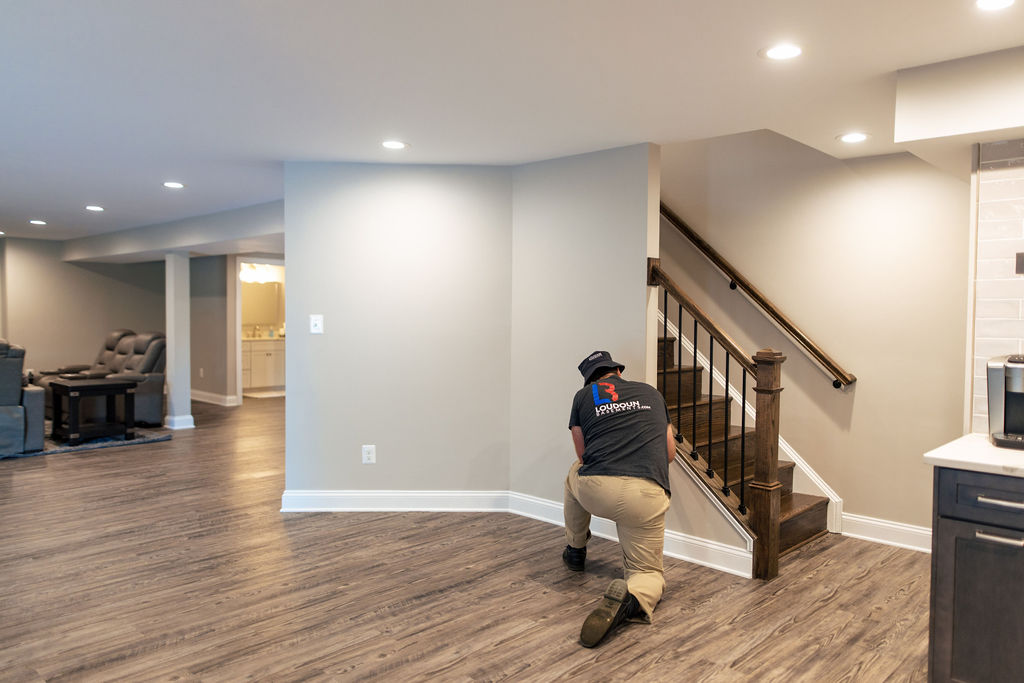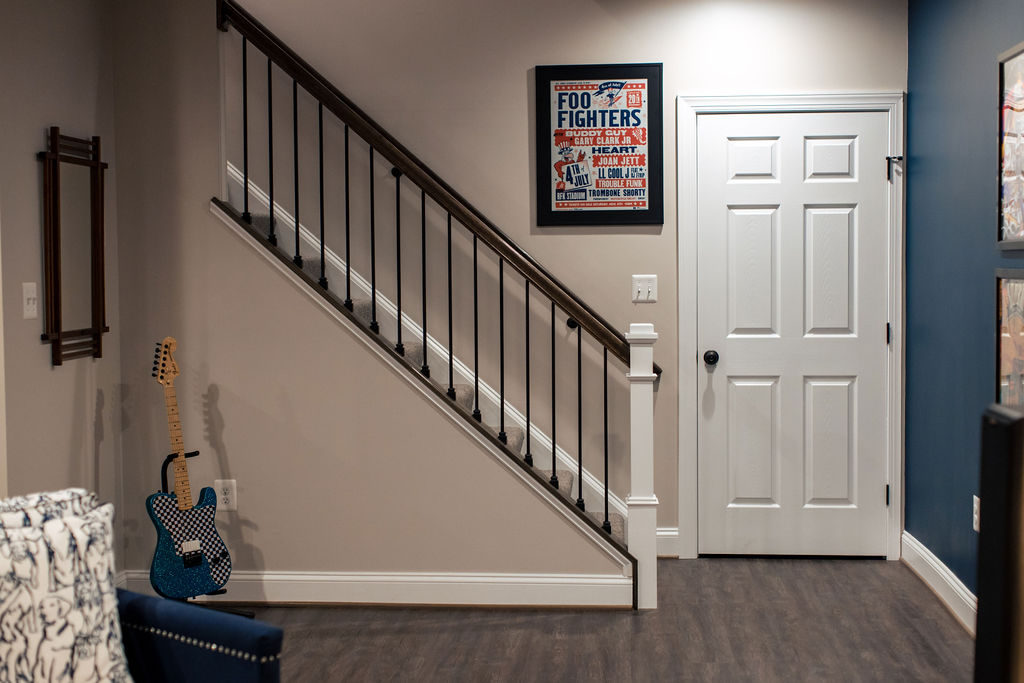What is Radon Gas?
Radon is a naturally occurring radioactive gas that can be found in many homes and buildings. It is formed when uranium and other radioactive materials in the soil break down and release gas. Radon gas can seep into buildings through cracks in the foundation, walls, and floors. It is invisible and odorless, making it impossible to detect without specialized testing.
The Potential Health Hazards
Radon is a health hazard because it is a known carcinogen, meaning it can cause cancer. When radon gas is inhaled, it can damage the cells in the lungs and increase the risk of lung cancer. According to the United States Environmental Protection Agency (EPA), radon is the second leading cause of lung cancer, after smoking. It is estimated that radon causes approximately 21,000 lung cancer deaths each year in the United States.
Testing for Radon is Easy
Radon levels can vary greatly from one location to another, even within the same neighborhood. The only way to know if a building has elevated levels of radon is to test for it. Radon testing is simple and inexpensive and can be done by a professional or with a do-it-yourself kit. The EPA recommends that all homes be tested for radon, regardless of whether they are located in a high-risk area or not.
What to do if Mitigate Risk
If elevated levels of radon are found in a building, steps can be taken to reduce the levels. Radon mitigation systems can be installed to prevent radon gas from entering the building or to remove it once it has entered. These systems typically involve sealing cracks in the foundation and installing a ventilation system that vents radon gas out of the building.
There are also steps that individuals can take to reduce their exposure to radon. The EPA recommends that individuals keep their homes well-ventilated by opening windows and using fans. Additionally, individuals can minimize their time spent in basements and other areas with high radon levels.
It is important to note that while radon is a serious health hazard, it is also a manageable one. By testing for radon and taking steps to reduce exposure, individuals can significantly reduce their risk of developing lung cancer. It is also important to remember that smoking remains the leading cause of lung cancer, and quitting smoking is the single most effective way to reduce the risk of lung cancer.
Be Informed and Take Action
Radon is a naturally occurring radioactive gas that can be found in many homes and buildings. It is a known carcinogen and the second leading cause of lung cancer. Radon testing is simple and inexpensive, and if elevated levels are found, steps can be taken to reduce exposure. By testing for radon and taking steps to reduce exposure, individuals can significantly reduce their risk of developing lung cancer.
To ensure the safety and well-being of your family, it’s crucial to collaborate with experts like Loudoun Basements when planning your basement renovation. Their team of professionals can help address radon concerns and implement proper mitigation strategies as part of your basement finishing project
Or Call: 571.520.4413

